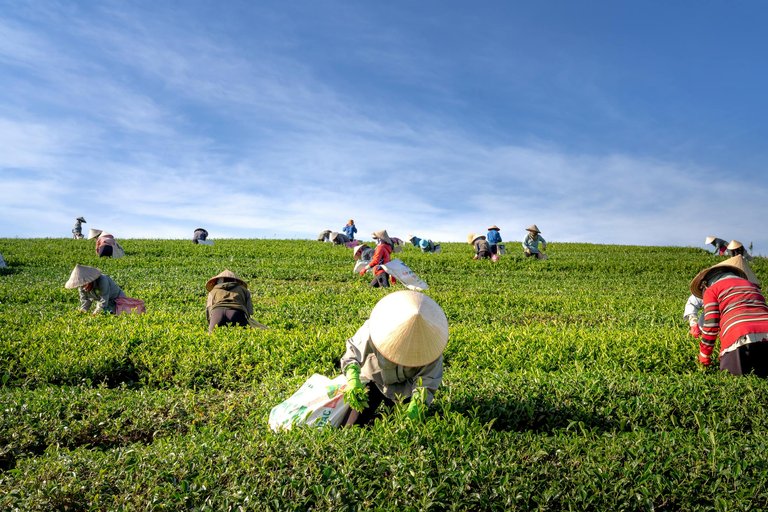Global Food Crisis: Challenges and solutions
Welcome to my blog!
Presently, food and agriculture in the world pose a very big problem in today’s society. Due to the increase in population across the globe, the countries’ demand for food also rises day by day.
But even where people get to access foods that are fresh and very nutritious they cannot afford them, or rather they cannot access them. This has led to food insecurity and malnutrition as well as hunger all over the world especially in the Third world countries.
The trends in the food production and distribution industry are numerous and complex. Among the key issues, climate change remains an acute problem that leads to natural disasters – droughts, floods, and storms – that may result in substantial losses in agricultural production, including crop and livestock.
This results in food insecurity and high food inflation and this makes it extremely hard for the people to get cheaper and quality food products. Another concern about intensive farming is the continued application of pesticides and chemical fertilizers which is dangerous to food and the environment. Poor infrastructures and lack of markets in the rural areas pose challenges to the farmers where most of the produce end up wasted and unused due to market constraints.
However, it is possible to work towards enhancing the situation that prevails currently through the following steps:The first among these is the transition from conventional farming that destroys the soil and loses water to regenerative agriculture which preserves both factors.
This entails supporting organic farming, agroecology, and permaculture which can enhance soil health, and advance the ability of the agricultural sector to stand the climate change impacts, and minimize on the use of chemicals.
Another thing that can also prove fruitful is to invest in smallholder farmers or train, equip, and market them too in an efficient manner can also assist in boosting up the food production and distribution systems as well as mechanisms.
Another crucial intervention area is supporting the growth of local and regional markets and improving food choosing and preparation focusing on locally grown seasonal produce.
This can also contribute to decreasing the emissions accompanying the production, processing, packaging, transportation and consumption of foods, as well as assisting small farmers and rural people by enhancing the production and availability of better quality and more appropriate foods for better health and increased food security.
Furthermore, encouraging food sovereignty, and informing indigenous food practices is another measure that may assist in maintaining valuable indigenous knowledge that supports sustainable practices.
A glance to the future Thus, the future problem will appear to be even more acute, since the global population will increase, urbanization will continue, and the role of food and agriculture will be reflected through changing diets.
It is therefore vital to support sustainable and equitable food systems that would address the needs of the present and the future while at the same time balancing and optimally utilizing the resources that are available so as to satisfy the society’s justice needs.
This means engaging and involving governments, businesses, farmers, consumers, civil society organizations, institutions, and individuals and eradicating inadequate causes and/or working together to find solutions for a better, more productive and healthy food system for all.
Anything short of this will put paid to the noble efforts being made to enhance the purchasing power of healthy and nutritious food currently, not to mention the future.
Thanks for reading
Posted Using InLeo Alpha

Investing in smallholder farmers is one of the brilliant ideas because they produce the majority of the food that we eat.
If only this particular initiative it taken up then most of our agriculture project will be solved